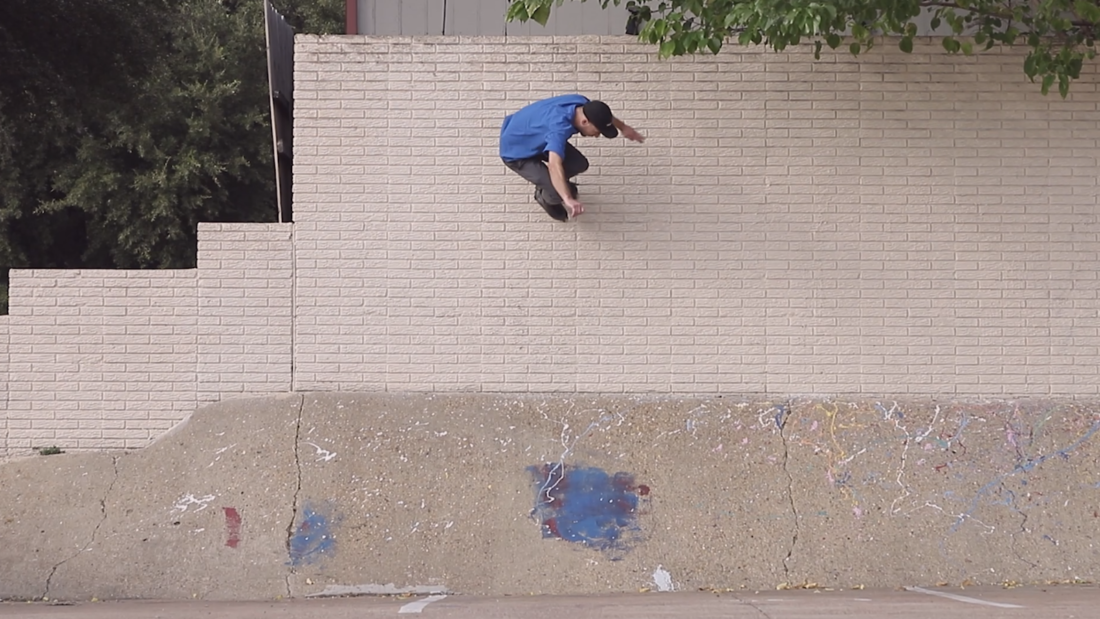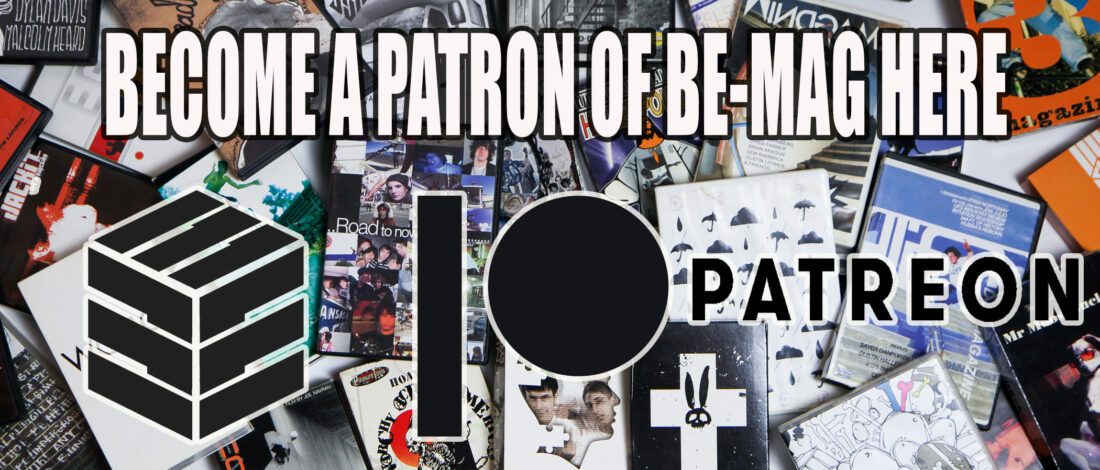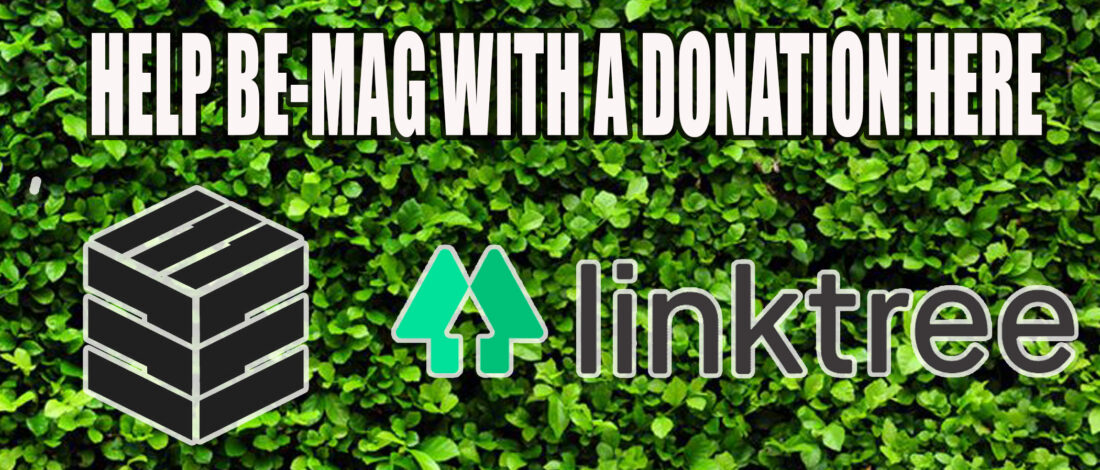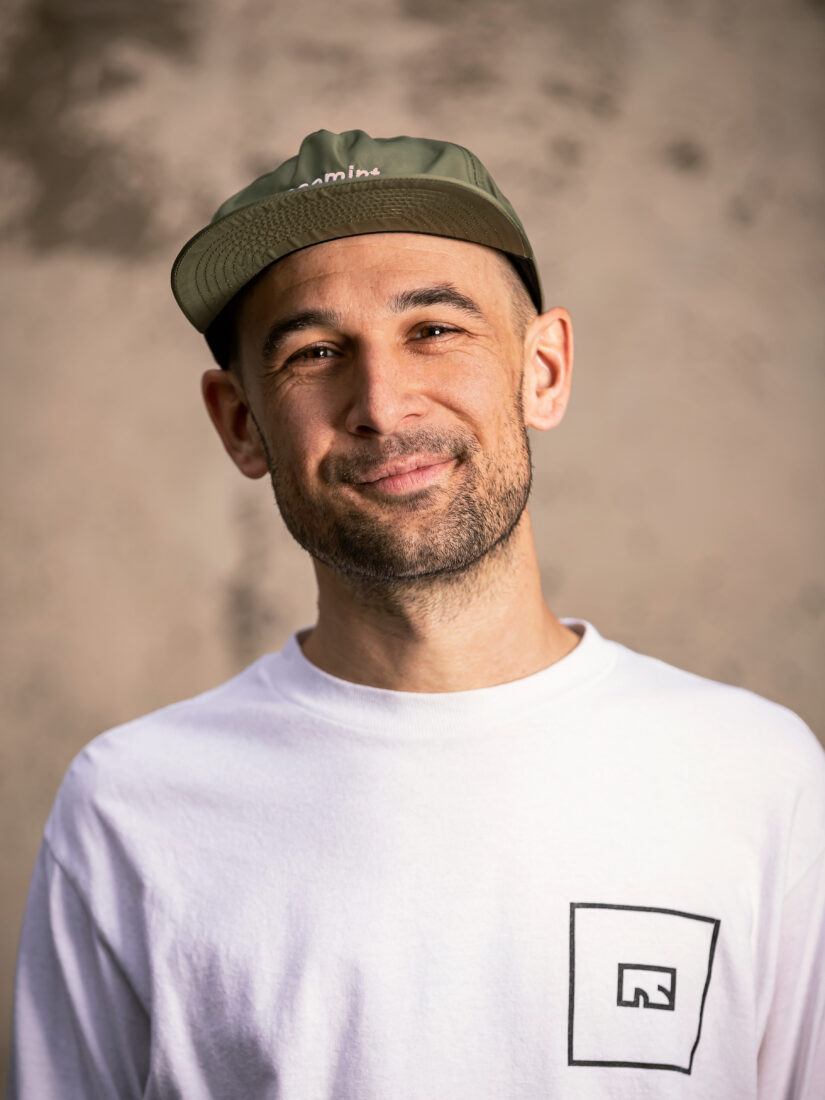
INTERVIEW & INTRODUCTION BY EDITOR-IN-CHIEF: KEVIN LITTLE, @kevinmlittle
CONTRIBUTING PHOTOGRAPHY: GINO GOTELLI, @ginogotelli
Dating back all the way to the early years of inline skating, the Dallas skating scene has never been short of talented individuals. The city has been home to blading icons like Arlo Eisenberg and early X-Games stand-out Shawn Robertson, as well as stylish innovators such as Chase Rushing and the long reigning Lone Star MVP, John Sullivan. But just like in any skating scene, there are those soft spoken ones that have always been there that keep getting consistently better; and more polished; year after year. Until one day you sit back and go “Damn, they are good. I mean REALLY good!” Wes Phelan is that guy. He has been a pillar of the Dallas scene for so long I can’t honestly remember going to any event there and him not participating or being involved in some way, shape or form. He either coordinated the skate session, created the flier for the event, or was in attendance giving positive vibes and encouragement to everyone around. Each week he dedicates a good portion of his of time and effort to helping give back to his community in any way that he can. Blading is incredibly fortunate to have strong individuals like Wes representing us and helping to keep his local scene organized, informed and thriving. We had the opportunity to speak with Wes about his skating roots & dug into his newest profile which he has been hard at work on for the last few years, check out what Wes had to say.
KL: Thanks for taking the time to speak with us, Wes. To start, can you give us a little background info on yourself and how you got your start in this wacky world of rollerblading that you seem to be quite fond of?
WP: I’m Wes Phelan. I’m 35 and I grew up in Allen, TX, the adjacent Dallas suburb to Plano where Eisenberg’s used to be. I started “aggro” skating around ’98. But my “sports journey” started with soccer, and I only mention that because I think it had an influence on the physical awareness and strength of my legs. Eventually the obligation of team sports became too demanding, and I wanted to spend my time in the streets. haha So extreme sports, and specifically skateboarding became the new thing. It was something I did with a childhood friend at the school across the street from our houses. I struggled with skateboarding for a very brief period, and started playing roller hockey on recreational skates with my uncle. There was something much more natural about movement on skates as we flew around Home Depot parking lots, slap shooting (slap shotting? lol) plastic pucks at each other. That natural feeling made me break out the skates while my friend continued to skateboard, because it was more fun to me. I removed my break and I was jumping off curbs and spinning around trying to make it “extreme”.
Then one day that same friend came to a session with aggressive skates (Razor Flats, I think? They were dark teal with red frames), and my whole perspective on what was possible changed. Along with his skates he had received a video called Stereotypes by JB Snyder. It was the first blading video I had ever seen and I was blown away. Clips of Vinny Minton, Jason Reduta, Sagona, Pat Lennon and more. The whole video soundtrack was Hip Hop like I had never heard before. It brought me into this sub-culture that I had been missing out on, and after that I dove in feet first. I convinced my Mom to buy me Rollerblade Swindlers. I got my first issue of Box Magazine where I immediately saw a picture of a guy who had de-sheathed his finger while skating. (EXTREME!) From there it was getting dropped off at Eisenberg’s every Saturday with my ever growing crew of blading friends. Going to the Hoedown. Buying every video and piece of clothing I could afford on my allowance. Street skating without a car all around Allen, TX, and then expanding to nearby suburbs when we got our licenses.
There were so many “crews” growing up in the Dallas metroplex, and as we all got older those crews dwindled down to the people who stuck with rollerblading like I did. The OG’s of my generation and the one’s before and after mine who I now call friends. I am incredibly lucky to have grown up rollerblading in the Dallas scene. So many names, and so much talent hails from Dallas, and the energy, people and philosophy on blading here has shaped my life.
KL: So you have been living in the Dallas area for the majority of your life, and the Dallas skating community has always been incredibly tight knit and loaded with talent. Can you tell us what makes the DFW blading scene so strong & unique?
WP: From my perspective it’s a few things:
First, the multiple generations of incredibly talented bladers that have cultivated our scene. Dallas (and Texas as a whole) has produced so many names that have garnered attention in the larger blading community, and I think those kinds of examples have done a lot to keep our scene strong. Being able to skate in person with people who’s names you recognize from videos and other media helps foster aspiration.
Second, our philosophy on skating, “Dallitude”. I will elaborate on this further down, because I see a question about it. But to define it succinctly, Dallitude is the standard of execution for our skating. Execute your tricks with style and precision. Who judges whether you’ve achieved this, and holds you accountable? Your friends and the huge archive of clips from Dallas that show you how it’s done. haha
Third, we’re blessed with a ton of free city skateparks.
Lastly, we’ve been able to maintain enough of a population of bladers that there’s always someone to skate with. You know, obviously we had Eisenberg’s as a hub at one time, but we survived its demise as a community. And there are still so many people here who skate from that era. I think Dallas is still seen as a hub for rollerblading talent, and I can only think it’s the core of people still doing it here that keeps it afloat and encourages future generations. I’m trying to remain part of that core for as long as I can.
KL: You have been helping to keep your local scene active by regularly coordinating the Tuesday & Thursday night skate sessions in your area, what made you take the reins and become the informal leader for your area?
WP: If I remember correctly our regular scheduled sessions started with a guy named Richard, who showed up in our scene one day and decided we needed to organize. Haha Like I mentioned before, there were many crews in the metroplex at one time, and we were all kind of splintered and sort of competing against each other. When those crews dwindled down, we were all slowly acquiescing into a larger group, because rollerbladers tend to find and attach to each other.
Through Richard’s wisdom and the use of social media we started to connect everyone with reliable regular sessions. Eventually Richard fell out from the scene, and Jason Reyna took the reins for a bit until it passed to me. I took on the responsibility, because it’s one of the few ways I can repay rollerblading for what it’s done for me. And it’s a way that I can help keep blading alive. I know I’m not the best rollerblader in Dallas. I’m not a pro that will be remembered for generations for their influence on blading. However, I do know how to skate pretty ok. Haha I truly love it, and I want it to live on through future generations.
So in my mind, if I can help maintain a consistent and reliable session where everyone is welcome, then I can have made an impact on blading, even if it’s just in our little bubble. Through a consistent schedule and allowing people to engage in decisions, I.e. voting on where to go, we’ve been able to capture and integrate new and old bladers for years now. The attendance for each session ebbs and flows as you’d expect, but every time I see a new face or recognize an old one it warms my heart. It’s a representation of the power of a simple concept: a consistent session people can rely on. I do this and teach anyone who wants help at the sessions. It’s the least I can do for rollerblading to help it stay alive.
KL: Well I know that the skaters in your scene definitely appreciate your hard work in keeping it alive and prosperous. So I have known you for a long time and you are quite a humble and modest individual and the majority of the Dallas skaters are as well, so I wanted to touch on the “Dallitude” mentality and where it came from and why it might be a misleading stereotype.
WP: The way I remember it, the word Dallitude started out kind of as a way for homies from the other Texas cities to tease us. The implication being that we had attitudes and we were elitist about certain aspects of skating. All in good fun, but it stuck because it actually sort of fit. Haha Not necessarily because we had attitudes, but because growing up in Dallas there were definitely “rules” for what good skating looked like. So we adopted Dallitude as a source of pride.
And the concept behind Dallitude isn’t a novel thing. It’s just the idea that when you do your tricks, they should look good. If you’re going to grind, grind the whole obstacle or at least the whole bit you intended, and do it with steady balance. If you’re going to land out of a trick, do it solidly without losing your balance or correcting too much. Topsides should be topside. No wheels down. No Lava. Style is important. And it goes deeper into preferences like if you’re going to land fakie, and you’re headed to another trick, you gotta stay fakie. They’re rules and ideals that I think a lot of people aspire to in skating, especially in our generation. I know I’ve heard Austin and Billy (shout out Jump Street) talk about the same ideas in the New York scene.
With Dallitude, you don’t let your friends get away with breaking these “rules”. You let them know. Haha When we were young it was sometimes through pointed heckling. Calling people out. And I think that might be where the stereotype of “Dallitude” being an elitist attitude came from. But these days it’s the standard we try to hold ourselves to, and the way we try to teach new blood. I don’t know if there is a right way to skate, you know? That seems limiting. However I do believe having standards helps us continue to improve and progress as a sport. Without rules, how do we judge contests? I also don’t want to give the impression that I think I’m the embodiment of Dallitude. It’s something I aspire to, but if you want to see the definition go watch Troy Maimone or John Sullivan sections.
KL: Aside from being an exceptional inline skater, you are also quite the photographer as well, particularly your work with nature and wildlife. What are your favorite subjects to shoot and can you tell us about a particular photo that you took that you are especially proud of?
WP: The entry into this question makes me squirm, because I have a hard time taking compliments sometimes. haha You gotta be careful asking me about wildlife photography, because as much as I love talking about skating, I equally love talking about birds, birding and taking pictures of birds. (And other wildlife on occasion) I’m used to eyes glazing over when this subject comes up. But if I’m not skating that’s what I’m doing. I’m out walking around, shrouded in camo, with a little chair strapped to my belt loop and a giant lens hanging from my shoulders.
I tend to take photos of birds, because I grew up with a grandfather who was an avid birder and he passed down the obsession to me. Also, they’re some of the most beautifully colorful creatures on the planet. It’s a great hobby if you’re into being in nature and collecting things. I’m also a gamer, and honestly birding is kind of like Pokémon. You collect and maintain a “life list” of all the species you’ve seen in your life.
I took it a step further with taking photos as a way to add some artistic expression and sort of catalog all the cool stuff I’ve seen. It also allows me to post these cool things on Instagram (@wes_in_the_wild) and show other people how neat the natural world is. Though most of my followers are other birders/photographers. Lol Anyway, is there a shot I’m most proud of? I don’t know. I get excited every time I get a genuinely sharp / well-framed shot of any new bird. But I can say that recently I won a local photography competition at a lake park in Dallas called White Rock Lake. I took a photo of a Bald Eagle (picture below) which until recently was a fairly rare sighting in Dallas proper. But I’m on to bigger and better things like trying to get a good shot of an endangered Golden Cheeked Warbler this year. Don’t I sound cool? Do you want to keep talking about birds? Haha

KL: I would love to but maybe we can continue that conversation for Bird Watcher’s Digest! Haha So on top of being a badass skater; plus an incredible photographer; you also make your living as a graphic designer. How did you get your start in graphic design ?
WP: More squirm. I started in graphic design in high school after realizing that I had fun making art on the computer. When I went off to college, I kind of didn’t realize you could make money doing “computer art”, and didn’t even know what to call it. Somewhere along the way I found out graphic design was a real job, and I started digging hard into what it would take to make it in the industry. I used to sit at Borders (a bookstore that used to exist like Barnes & Noble) and read books about design and branding for hours (without buying them because I worked in retail lol)
I figured out that I wanted to work in a design agency and that I loved branding, specifically. (I.e. creating brands, designing logos, etc.) So, I kind of forced my degree path, which was a basic arts & humanities degree, into a design focus by making every project I could into a design project. I looked into internship credits and awkwardly called design studios until someone let me intern. From there I had a bunch of in-house design jobs until I could connect with an actual design agency. Once I was in that world, I was on the path to where I wanted to be. And now I’ve been at my current agency for 10ish years. I’m a senior designer and I’ve made hundreds of logos and worked on a ton of branding projects. I’ve written radio commercials and designed websites. I’ve engineered signage and created restaurant experiences. And even though it took longer than some people’s paths in design, I’m proud to say that I kind of brute forced my way into the kind of design job I wanted.
EXAMPLES OF WES’ GRAPHIC DESIGN
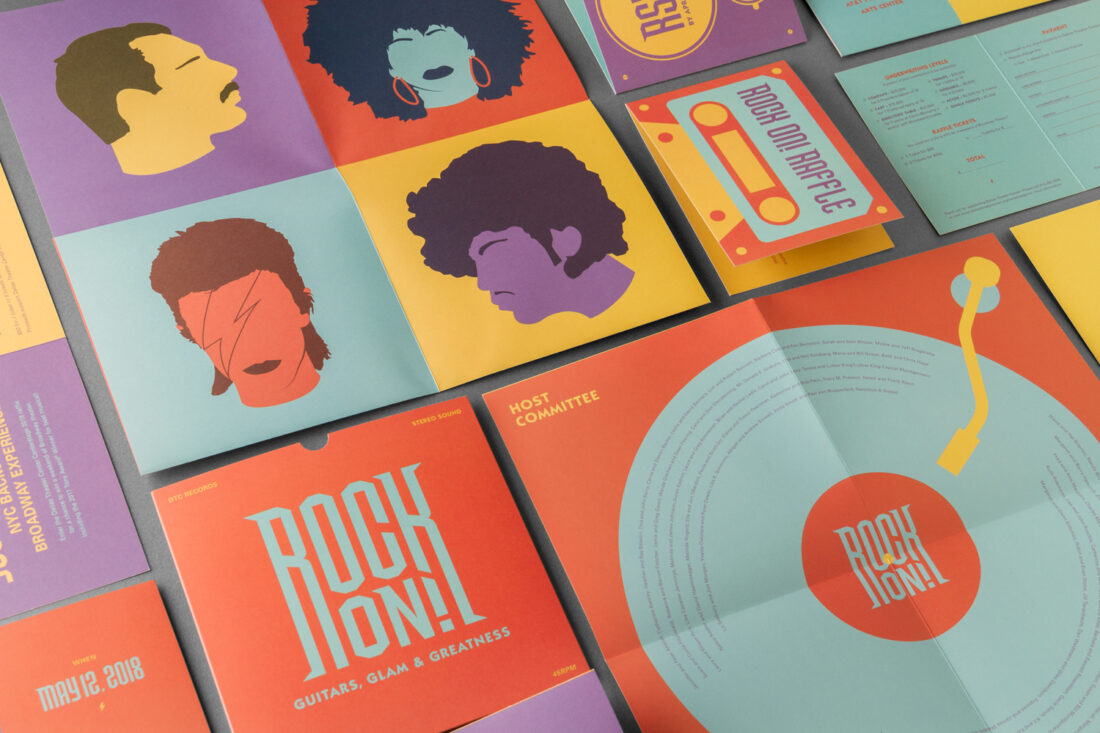
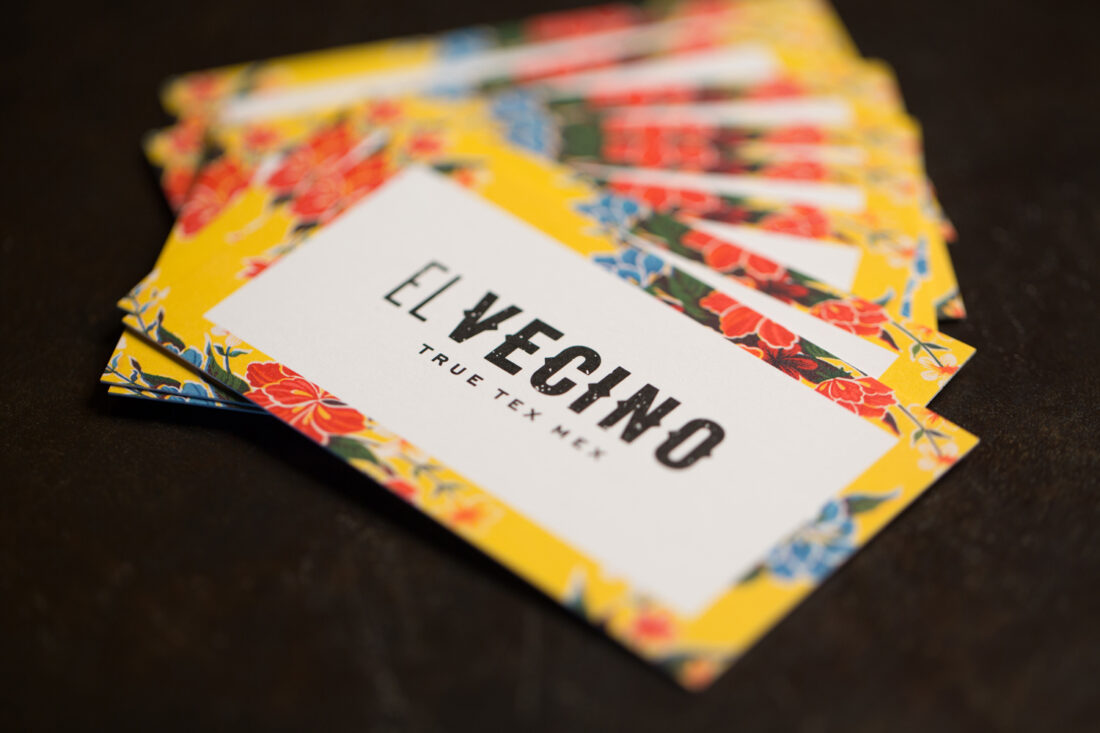

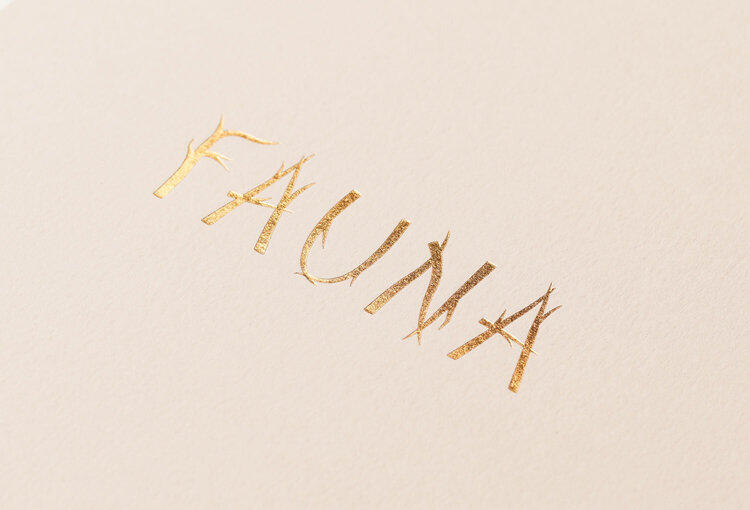
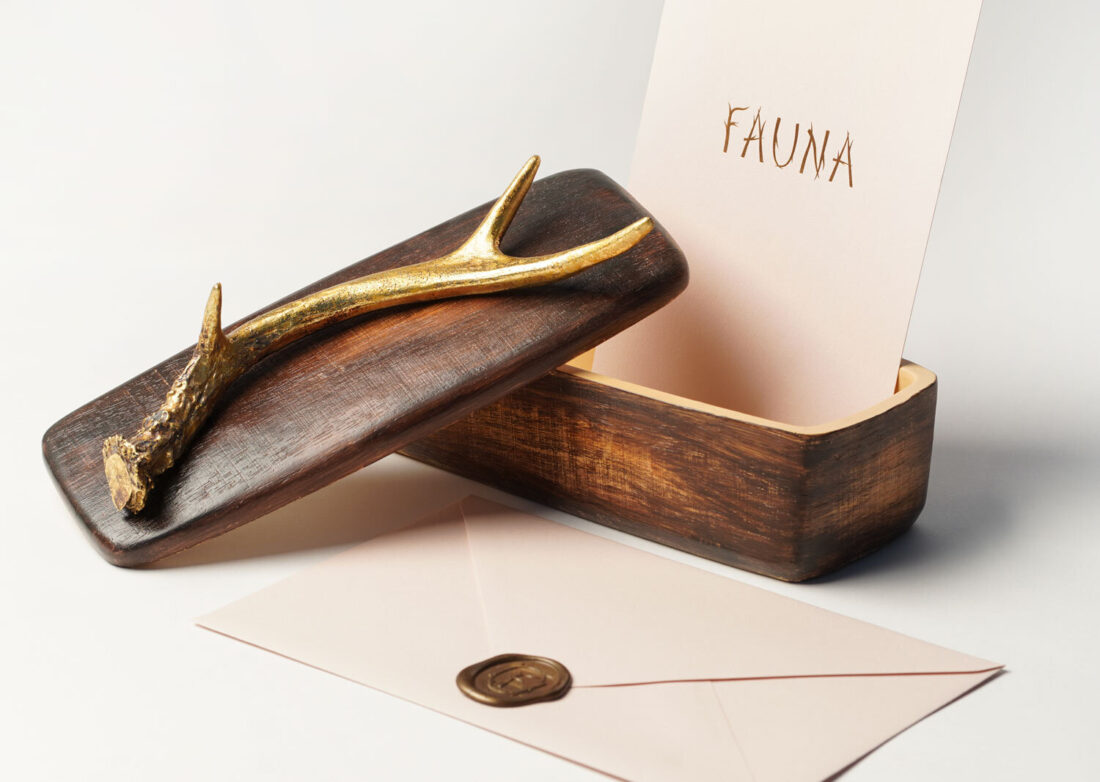
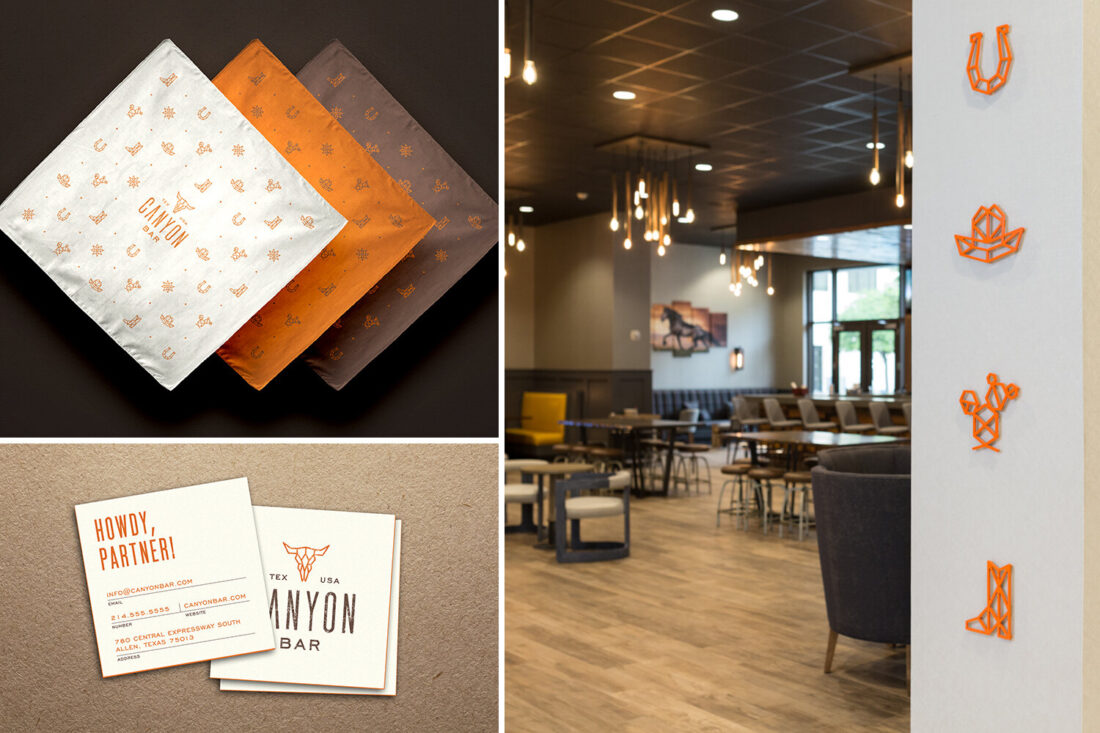
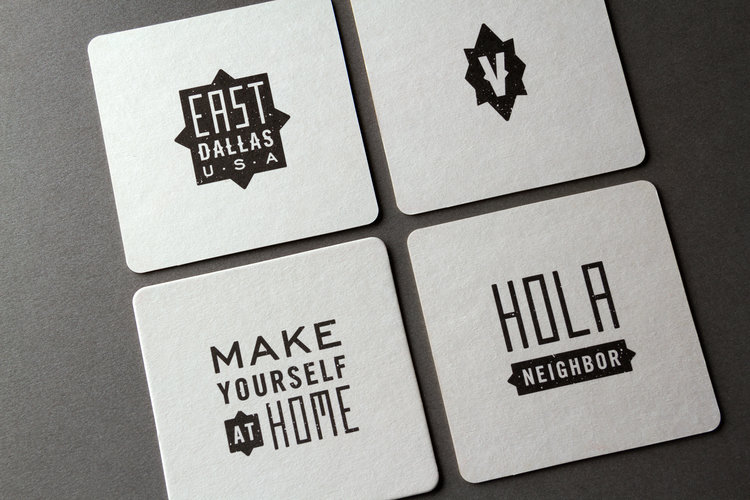
KL: Look at you, living the dream! That is incredible! So if you had an opportunity to do graphic design work for any brand in the world, what or who would you want to work with and why them?
WP: That’s an interesting question, because for me working what we call “in-house” for a single brand doesn’t interest me as much as creating interesting brands from scratch. Or to put it another way, instead of working for Nike, I’d rather help create the branding for Nike from their inception and move on to the next thing. Working for a branding agency allows me to constantly be challenged with new design problems, and to work in different kinds of industries. Every project has the potential for different kinds of thinking or approaches, and that’s a lot of what keeps me engaged and happy in the design world.
KL: Proper answer! So now let’s talk about this slick new profile that you just dropped! So you and Gino Gotelli have been working hard on this for quite some time. Can you tell me about how the filming process has been for the new video and were there any adversities that you encountered during your adventures?
WP: The main adversities with filming this little street edit were that I’m a scared baby and I’ve got a busy life. Haha Gino and I were able to dedicate our Sundays to the cause, and that at least gave us a consistent schedule, but l’m not some kind of incredible street skater like some of my Dallas homies. I run a weekly park skate, and that’s become my comfort zone, for sure. When it comes to street skating I feel like me and a spot have to get to know each other. Like, I have to fall a few times so we can gain an understanding, and then maybe I’ll get up the courage to do the trick I had planned in my head… or the safer plan b trick… or the much safer plan c trick. Lol What I’m saying is street clips don’t feel like they come easy for me. Lol So what was meant to take like six months, ended up taking almost two years. But I hope this thing we’ve made is at least fun to watch, because in the end it was fun to make. If anyone is inspired by any of the maneuvers in the edit, I’ll be happy.
Another adversity was injuries, but interestingly they didn’t come from the edit filming sessions. lol In the process of filming I sprained my ankle at a skatepark, cracked a rib trying to get a clip for “Ends”, and entrapped my sciatic nerve to where I didn’t have leg strength for a few weeks. I also probably told Gino “I’m sorry. I’ll do it.” a million times. It was a struggle, but it’s finished. And if anyone is interested in seeing leftovers I’ll be posting them on the gram (@wesphelan). Now time to start another one, I guess. Haha
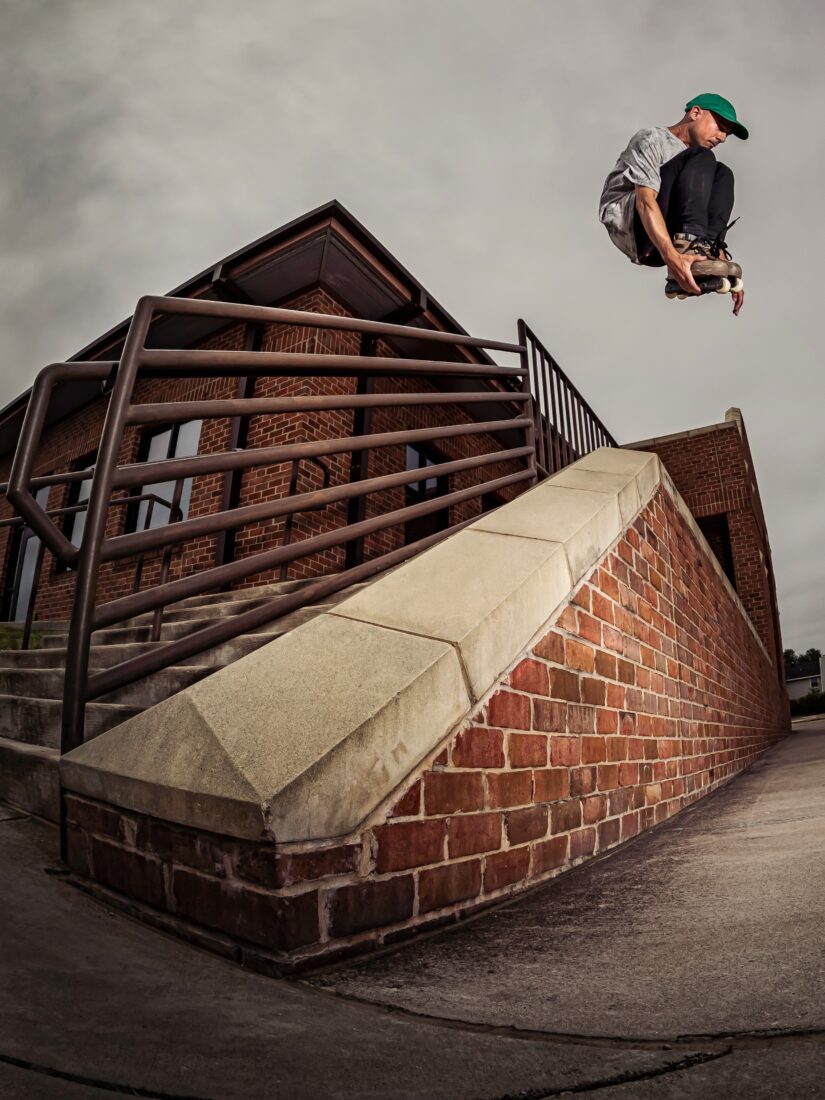
KL: We really appreciate you taking the time to speak with us, Wes. Keep up all your hard work! Is there anyone that you would like to thank for their help or assistance?
WP: I’d first like to express deep gratitude for my good friend, my dude, Gino Gotelli, for being so dedicated to this project and for being endlessly patient as I trudged through the process for so long. I’d like to thank Grahm Robinson and Chad Hornish for being my main session homies throughout the process and for encouraging me along.
I’d also like to thank all the other people that joined sessions to help film or add encouragement including John Sullivan, Aarin Gates, Fritz Peitzner, Clint Weston, Troy Maimone, Dillon Anderson, Matt Hughart, Erik McEwen, Steven Diomampo, Eric Halliman, Danny Ross, Brandon Smith, Troy Malone, Kristian Payne, Brady Johnston, Mike Langhausen, and anyone else who gave their input along the way. And thank you for the interview as well, Kevin. Also, thank you to whoever is taking time to read this and watch my little video.

